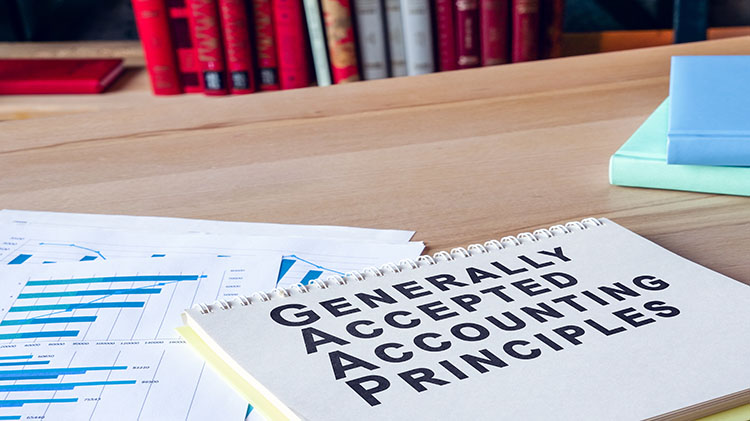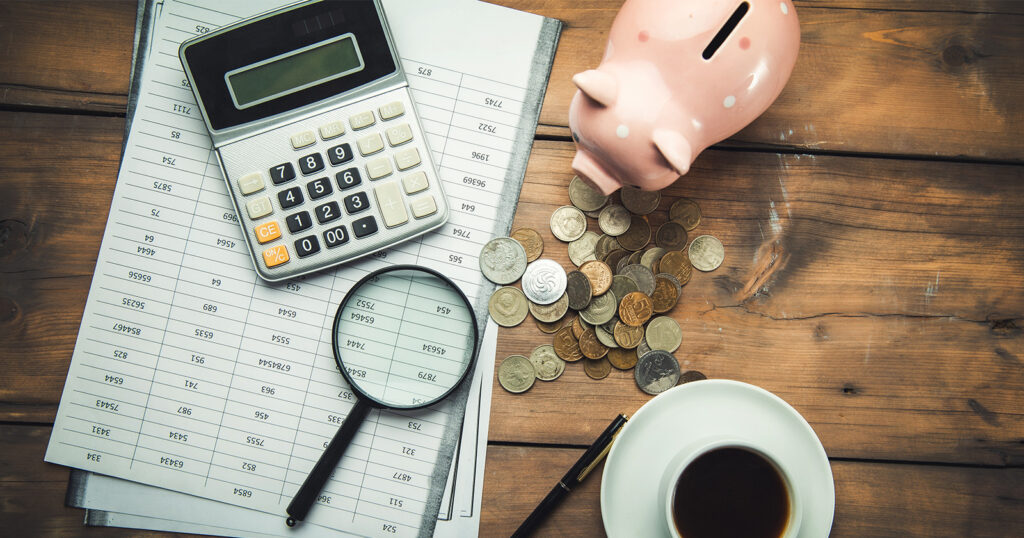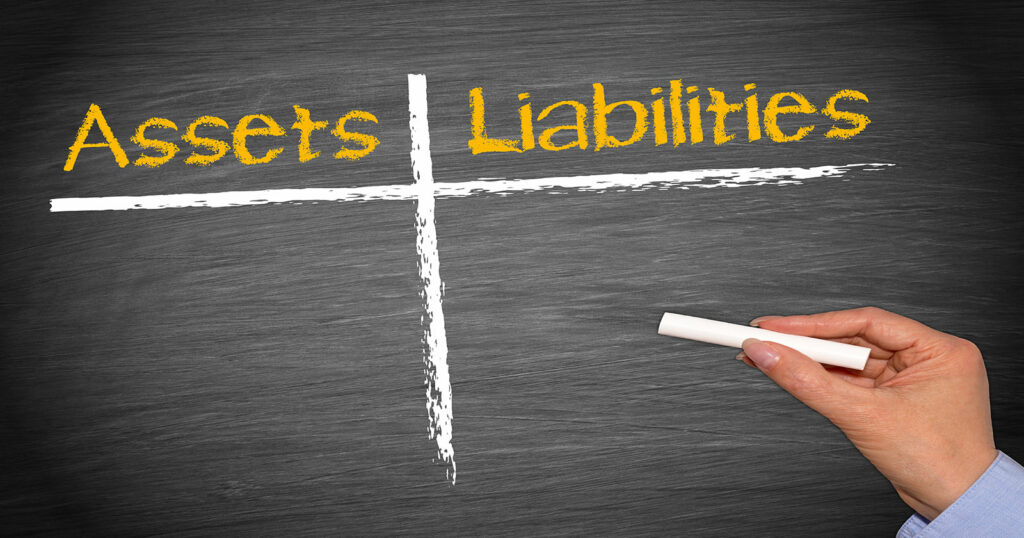So you are diving a bit more into finance and finally need to learn to read a P&L statement? Profit and loss statements, also called income statements are one of the major financial statements along with the balance sheet, statement of retained earnings and cash flows statement. Aside from everyone, having some basic financial literacy, business owners, accountants, and investors should all be comfortable reading a P&L. We’re going to cover how to read a P&L and break the statement apart.
What to Expect on a P&L

P&Ls Will be easier to read, the more you look at them. That being said, not all profit and loss statements are the same. Publicly traded companies fall under Generally Accepted Accounting Principles in the United States.
Private companies do not have to adhere to the same standards. Companies traded outside the US may even follow a separate set of accounting standards called International Financial Reporting Standards.
Even though there are different types of reporting standards, that companies can follow, you will always see the income and expenses of a business on a profit and loss statement. Speaking of income and expenses, will cover the income first.
The Income Portion of the P&L
Let’s start at the top. One universal theme to profit and loss statements is that you will find your income near the top and expenses near the bottom. Depending on the industry, it determines where the business is deriving its income. The business may have income from a bunch of sources which ultimately gets tallied up into a total income line.
If you take a look at the Google income statement below then you’ll notice that their revenue is shown on one line item for revenues. In their case, they are showing the consolidated revenue from all their business segments hence their PNL is “ titled consolidated statements of income”.
Read More:
How to Study Accounting at Home: Where to Start to Succeed
Expenses on a P&L: How to Read It
Continuing our example, Google’s costs and expenses are made up of multiple line items, including:
- Research and development
- Sales and marketing
- General and administrative
- Cost of revenues
In one of their latest filings it even has a line item for European commission fines since the amount is material. When an account is material, then you will see it presented as a line item on the financial statements.
Moving Down the Statement of Income

other common line items you will see on the income statement for publicly traded companies include a provision for income taxes. This way you can see before tax income, provision for taxes, and finally the net income.
What’s a P&L Won’t Tell You
P&L will tell you your income and expenses, it won’t tell you your assets, liabilities, equity, retained earnings, or the cash, inflows and outflows of a business. It’s important to note that these items are all found on different financial statements. This is one of the key reasons why you should learn to read each of the financial statements and be able to interpret them.
Ideally, you should read a P&L in conjunction with the other financial statements. It doesn’t do you a lot of good to only look at a P&L, because it’s hard to draw a conclusion on the full picture of a business.
Read More:
Revenue Recognition in Accounting: What is it? For Beginners
Key Takeaways Reading a P&L
When you read a P&L the main things you should be looking for are the income and what is driving the expenses. And then helps to compare income statements, year over year.
A helpful figure to look at in the year-over-year comparison is the basic net income per share in the diluted net income per share. This number is important because you’ll be able to see how much net income is generated per shares, outstanding. You’ll be able to ask yourself questions like is the income increasing year over year? Are expenses increasing for the business? These are all questions that financial analysts and business owners ask themselves. You should ask them too when reviewing a P&L.
Final Thoughts on How to Read a P&L
Reading my P&L doesn’t have to be complex or tricky. Keep in mind the major portions are going to be the income and expenses. You can use these to understand how the business is trending or question the business. While there are certainly some more complicated, financial statements like the statement of cash, flows, and balance sheet, you should have a good understanding of a P&L by now. If you are still running into questions, drop us a message and will help you get through them.



